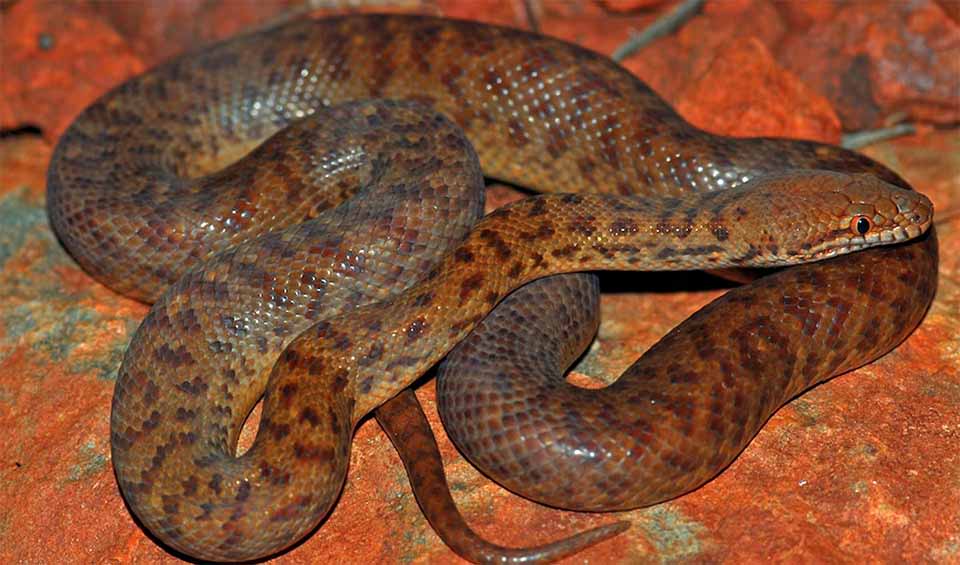Pythonidae – Pythons
Good old pythons might not lurk around much longer
A family of non-venomous snakes thriving across Africa, Asia, and Australia includes some of the world’s most iconic and formidable serpents. From the colossal Reticulated Python, capable of reaching lengths of up to 9 meters (30 feet), to the diminutive Anthill Python, measuring a mere 61 centimeters (2 feet), the family exhibits an impressive range in size.
Interestingly, pythons are referred to as “old-world” snakes due to their absence from North and South America, distinguishing them from their “new-world” counterparts. Beyond their geographical distribution, pythons are considered primitive snakes, retaining certain ancestral features that set them apart from other modern snakes. Notably, pythons possess vestigial remnants of hind limbs, represented by paired spurs near their pelvis, a remnant of their legged ancestors. Additionally, pythons possess two lungs, a characteristic distinct from the single lung found in most other snake species.
Recognizing a python is relatively straightforward, thanks to its distinctive features. These snakes typically have a triangular head adorned with heat-sensitive pits on the sides, enabling them to detect prey and navigate their environment effectively. Their bodies are adorned with dark brown or black blotches, providing effective camouflage in their natural habitats.
Despite their formidable presence, pythons face significant conservation challenges, primarily from habitat loss and hunting pressures. As human populations expand and encroach upon natural habitats, pythons are increasingly subjected to habitat degradation and fragmentation, threatening their survival. Additionally, hunters target pythons for their skins, meat, and use in traditional medicine, further exacerbating population declines.
Genera in this family
Sleek, fast, and deadly – the apex predator of the serpent world
Characterized by their robust bodies, heat-sensing pits, and powerful constricting abilities
They may be massive, but they’re also surprisingly docile, making them a fascinating study for herpetologists
Often referred to as “miniature pythons” due to their relatively small size compared to other python species
Veritable behemoths of the snake world, claiming spots among the longest serpents on Earth
These pythons wear a distinctive scale pattern on their heads, like a knight’s helmet
To avoid a furry catastrophe, these pythons occasionally purge themselves of excess hair, a quirky adaptation that keeps them sleek and efficient
Two giants native to southeast Asia and India
Known for its ability to change color, adapting its skin tone to blend in with its surroundings
Renowned for its striking pattern of dark rings encircling a lighter body, a camouflage adaptation that helps it blend into its habitat
A secretive serpent and one of the rarest pythons on Earth












